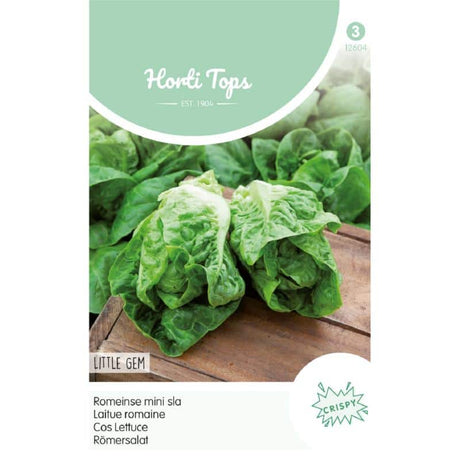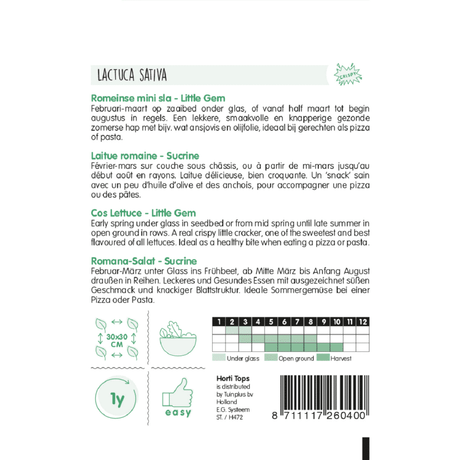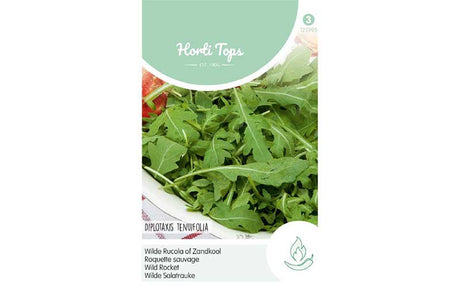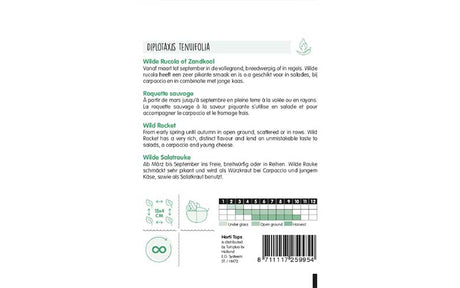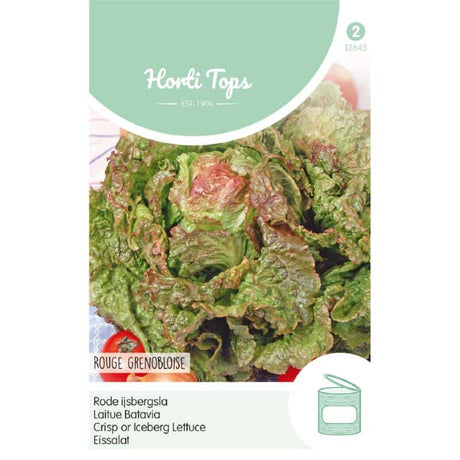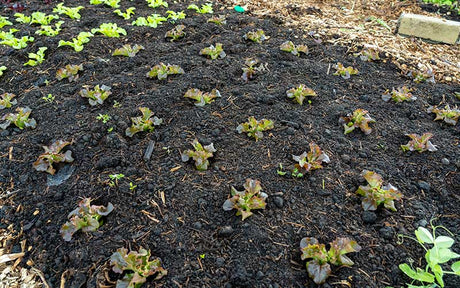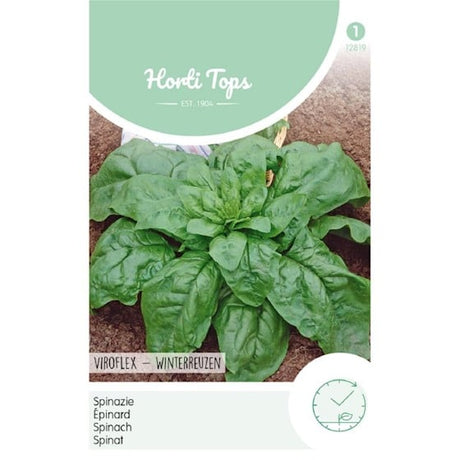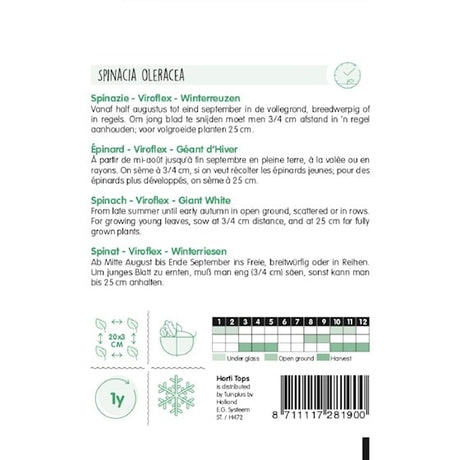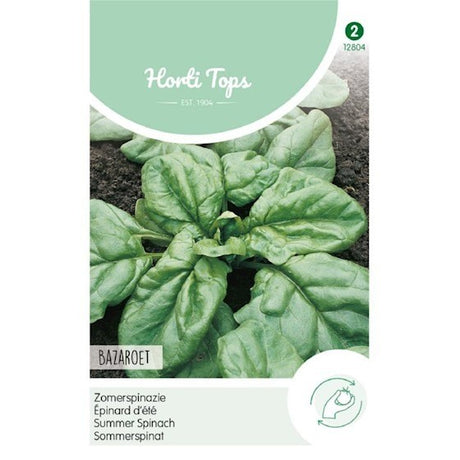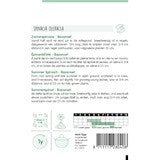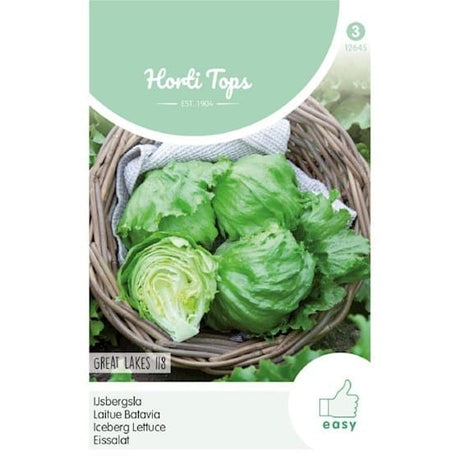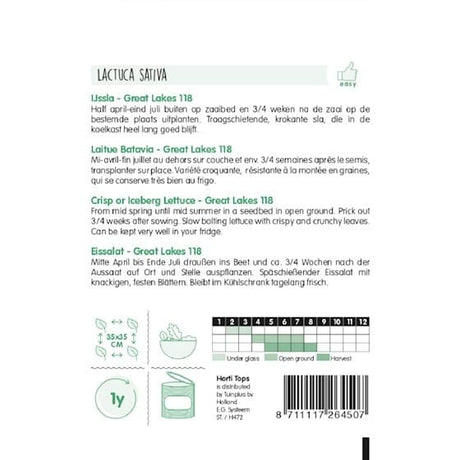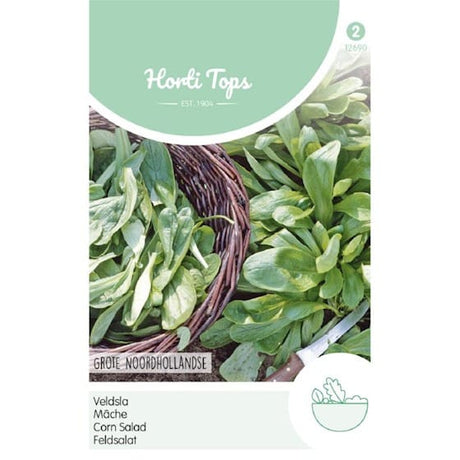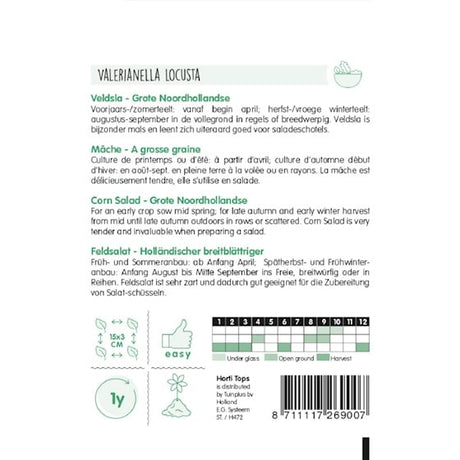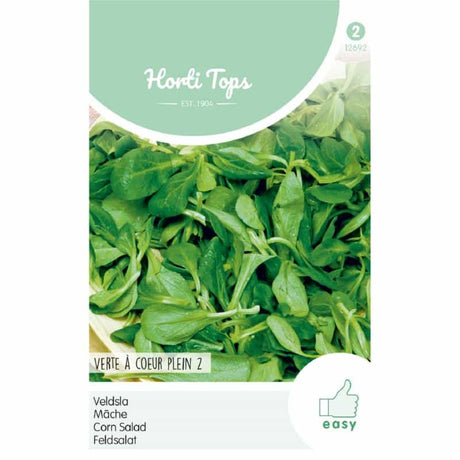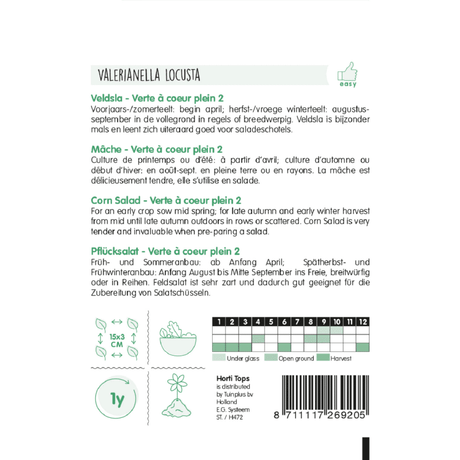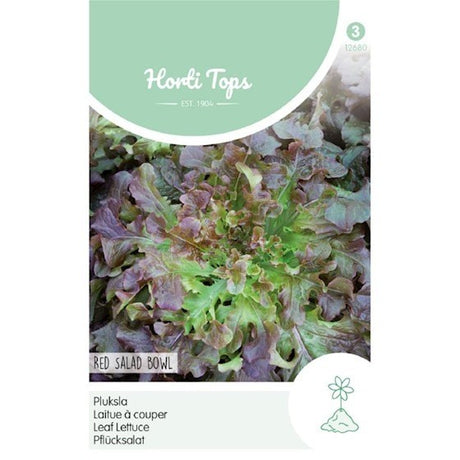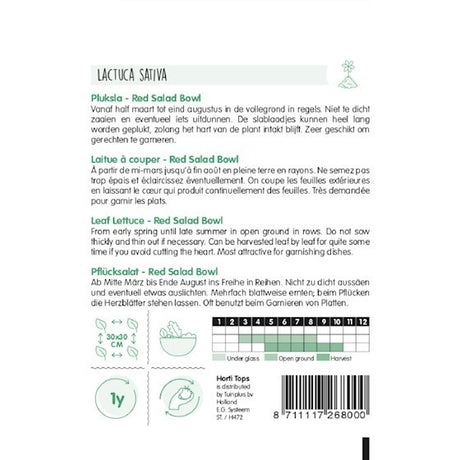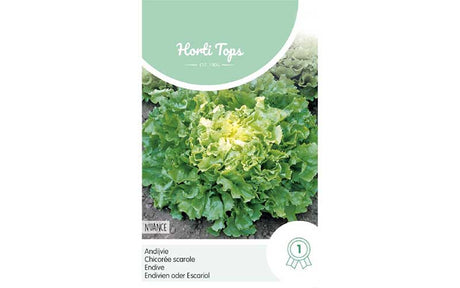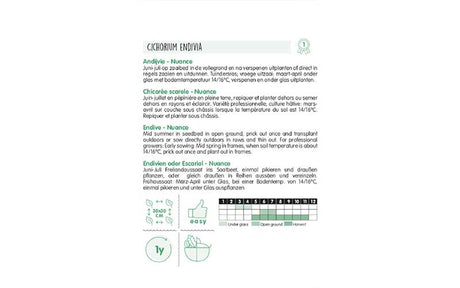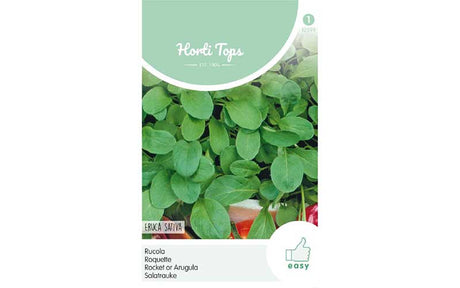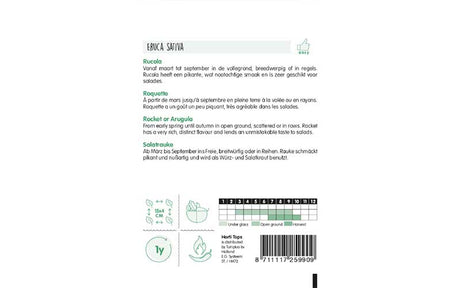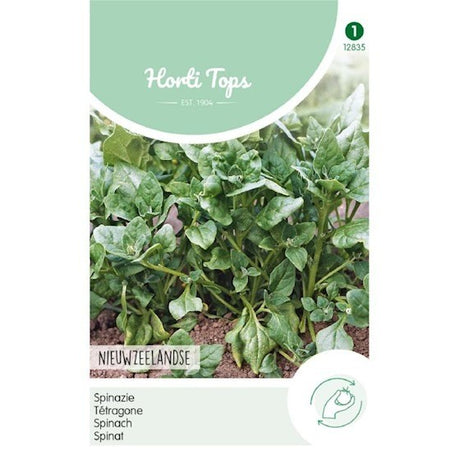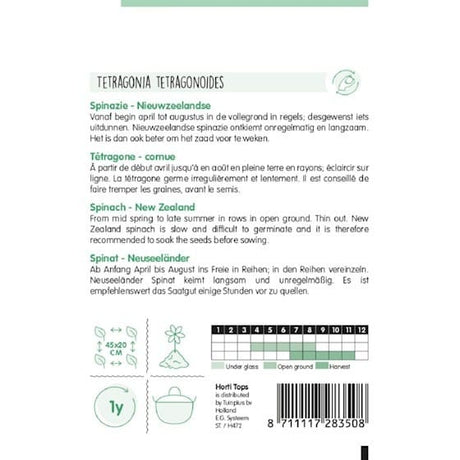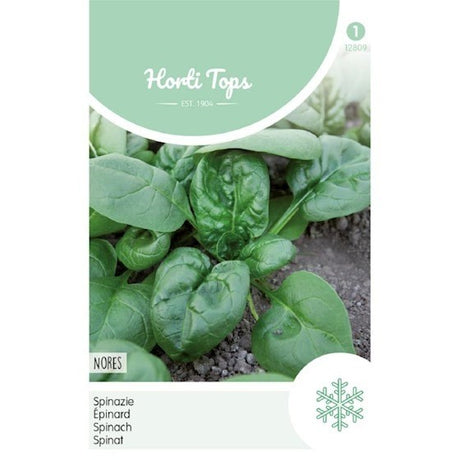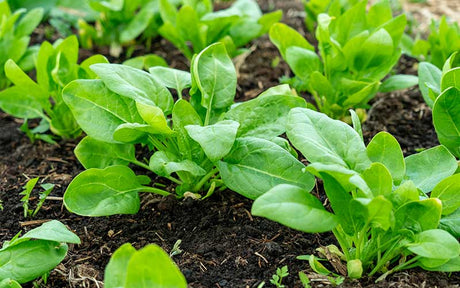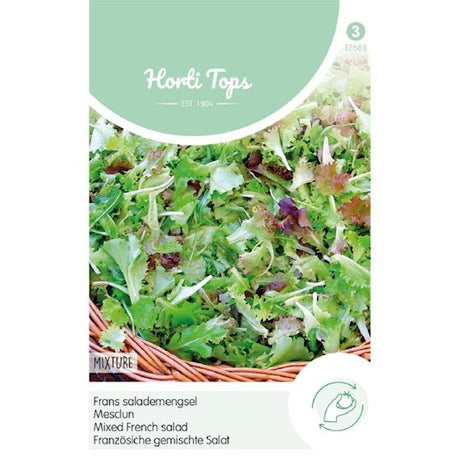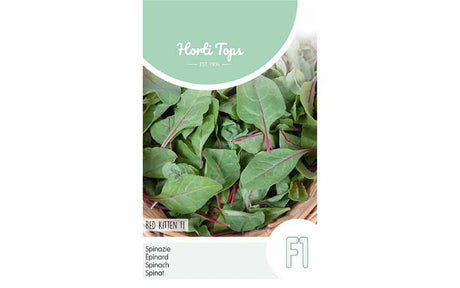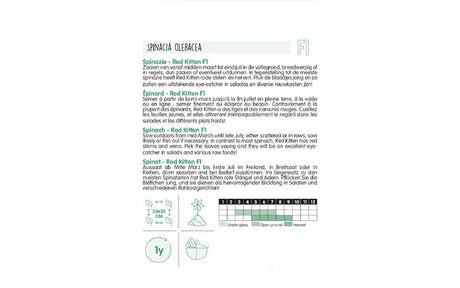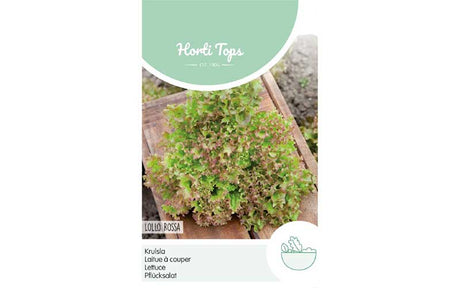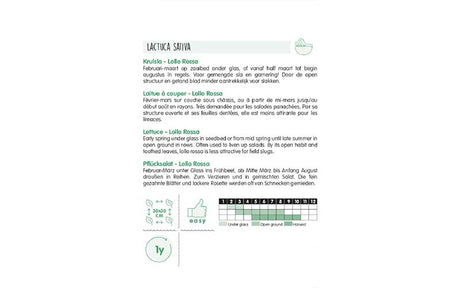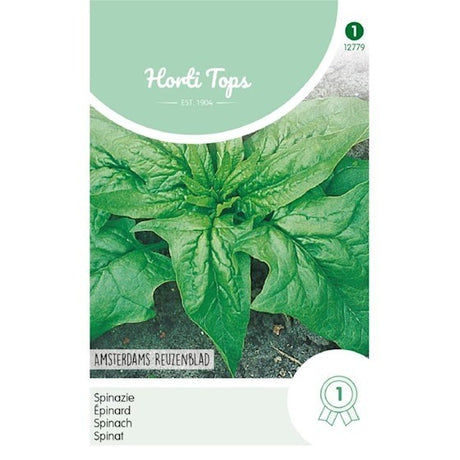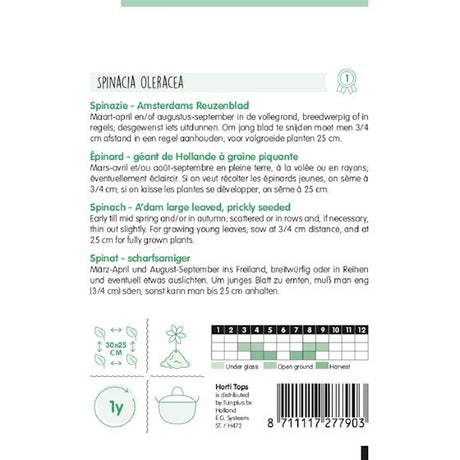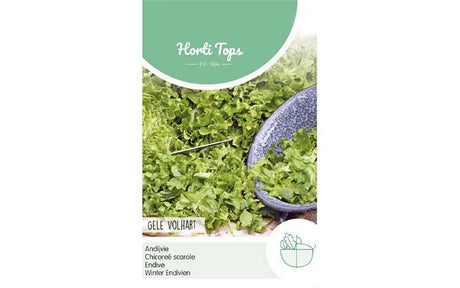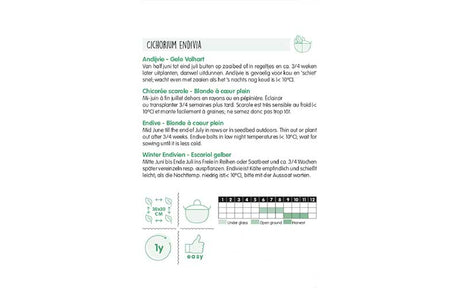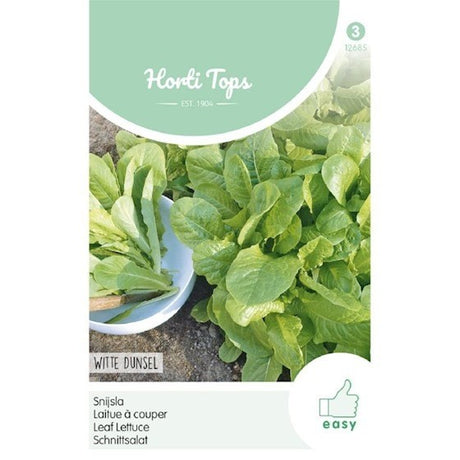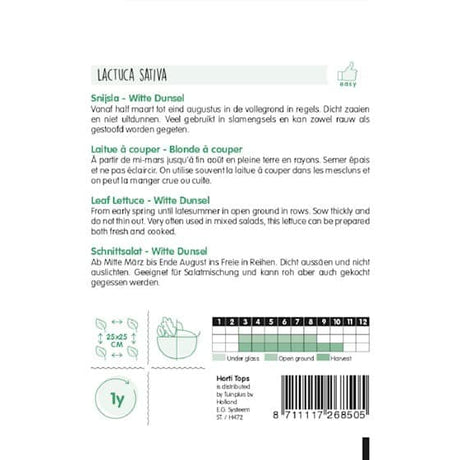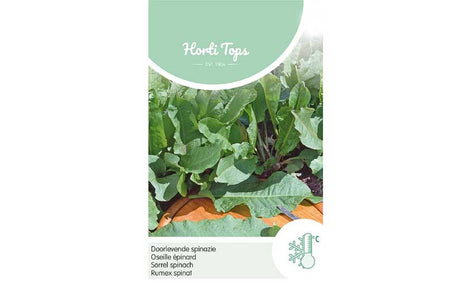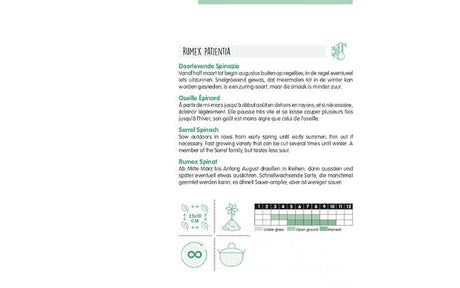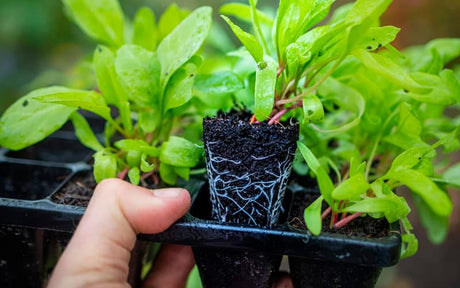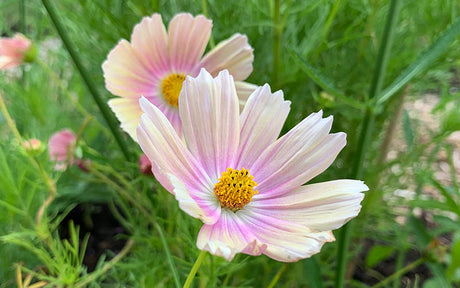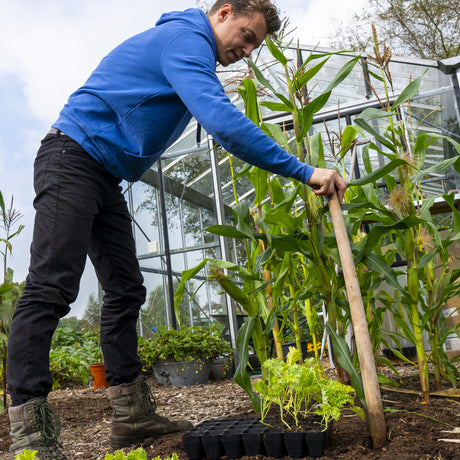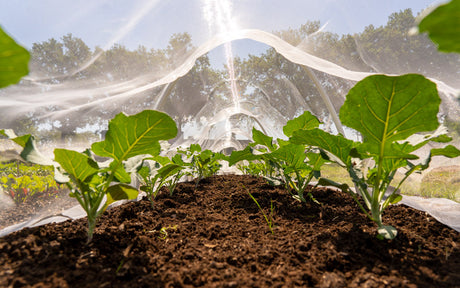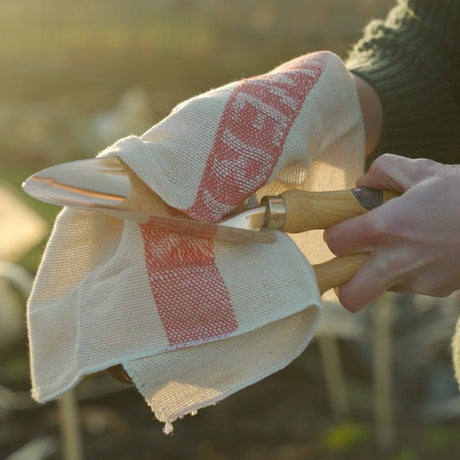Leafy greens are a cornerstone of healthy eating and a delightful addition to any garden. Our selection of seeds for lettuce, spinach, sorrel, and endive provides everything needed to cultivate a vibrant and productive green garden. With our expert guidance, learn how to sow, nurture, and harvest these nutritious plants, enjoying fresh greens from your backyard.
- 1,95Unit price /Unavailable
Iceberg Lettuce - Rouge Grenobloise
2,25Unit price /Unavailable- 1,95Unit price /Unavailable
- 1,95Unit price /Unavailable
Iceberg lettuce - Great Lakes 118
1,95Unit price /UnavailableLams lettuce/Corn salad - Verte a Coeur Plein 2
1,95Unit price /UnavailableRed oak leaf lettuce - red salad bowl
1,95Unit price /Unavailable- 2,75Unit price /Unavailable
Arugola (broad leaf salad rocket)
1,95Unit price /Unavailable- 1,95Unit price /Unavailable
- 1,95Unit price /Unavailable
- 1,95Unit price /Unavailable
- 3,25Unit price /Unavailable
- 2,50Unit price /Unavailable
- 1,75Unit price /Unavailable
- 1,95Unit price /Unavailable
- 2,75Unit price /Unavailable
Grow Lush, Nutritious Leafy Greens in Your Own Garden
Best Practices for Sowing Leafy Greens
Leafy greens are generally easy to grow and can be sown directly into the soil or started indoors to extend the growing season. Important to note is that a lot of leafy greens need light to germinate, so they need only a light covering of compost. We recommend sowing them in the 77 cell low seed tray.
Soil Preparation For Leafy Greens
Prepare your garden bed by ensuring the soil is loose and weed-free. Leafy greens thrive in well-draining soil rich in organic matter. Adding compost can enhance soil fertility and texture, promoting robust growth.
Sowing Depth and Spacing Of Leafy Greens
Leafy greens do not require deep sowing. Generally, seeds should be sown as deep as they are big. For spacing, refer to specific seed packet instructions as different varieties have different space requirements. Proper spacing ensures adequate air circulation and reduces the risk of disease.
Leafy Greens Watering Needs
Keep the soil consistently moist but not waterlogged. Leafy greens like lettuce and spinach need plenty of water, especially during dry spells, to maintain their tender and crisp leaves. Water them at the roots and avoid wetting the leaves to avoid fungal diseases.
Light Requirements For Leafy Greens
Most leafy greens prefer full sun but will tolerate partial shade. In hotter climates, some shade can help prevent bolting (premature flowering), which causes the leaves to turn bitter.
When to Harvest Leafy Greens?
Harvest times can vary based on the type of leafy green. Lettuce and spinach can be harvested as soon as they form a decent-sized rosette. Cut leaves from the outside to allow the plant to continue growing. Endive and sorrel may take longer to mature but can also be picked leaf by leaf to extend the harvest.
How to Prevent Pests and Diseases On Leafy Greens?
Keep an eye out for common pests like aphids and slugs. Use organic pest control methods such as neem oil or eco pesticides to manage these issues. To keep aphids out, make sure to take care of ant colonies as they harvest the nectar of aphids. And keep your garden clean and tidy to get rid of slugs and snails.
Can Leafy Greens Grow in Containers?
Yes, leafy greens are excellent for container gardening. Ensure your containers have good drainage holes and use a high-quality potting mix. Container gardening is especially useful for controlling soil quality and extending the growing season by moving plants indoors or to shaded areas during extreme weather.
Nutritional Benefits Of Leafy Greens
Leafy greens are high in vitamins A, C, and K, and contain a host of other nutrients and fiber. Growing your own ensures the freshest supply for your diet and allows you to reap the maximum health benefits.


